


Conveniently located between Osaka and Kyoto, Takatsuki is the 7th largest city in Osaka prefecture with a population of around 350,000. It has 2 train lines and is a regular stop for limited express trains with easy access to both cities. The areas around the stations are renowned for delicious food and shopping; alternatively, just a short distance away from the town center, visitors can experience the glories of nature and the nostalgic atmosphere of Japan in times gone by. A trip to Takatsuki is highly recommended on your travels in the Kansai region!





With its easy access to Osaka and Kyoto, Takatsuki has many hotels that welcome tourists and business visitors for extended stays. Further away from the city center, there are also “ryokan” (Japanese inns) where guests can enjoy “onsen” (hot springs). We’ve recommended 7 places to stay at the bottom of this website.Click here
Takatsuki’s hot springs are a popular destination for tourists. People often think there are no onsen in Osaka, but it’s not true! There are also hot spring hotels and ryokan where you can stay when you visit; we’ve introduced 3 onsen destinations in the city at the bottom of this site.Click here
Takatsuki is served by two trainlines and is also a busy railway hub, so you’ll find plenty of restaurants, Japanese taverns (“izakaya”), BBQ restaurants (“yakiniku”), fast food joints, cafes and bars around the stations. There are more than 1000 restaurants in the city, over half of which are located near the stations. Don’t miss the opportunity for a bite to eat!
In the areas surrounding the two stations, JR Takatsuki Station and Hankyu Takatsuki-shi Station, there are 2 department stores and several malls, 3 shopping districts, and Everything is accessible on foot with the shopping concentrated in an area 2 km across. These are popular shopping destinations for people from neighboring towns, so you can get a glimpse of Japanese people going about their daily lives.
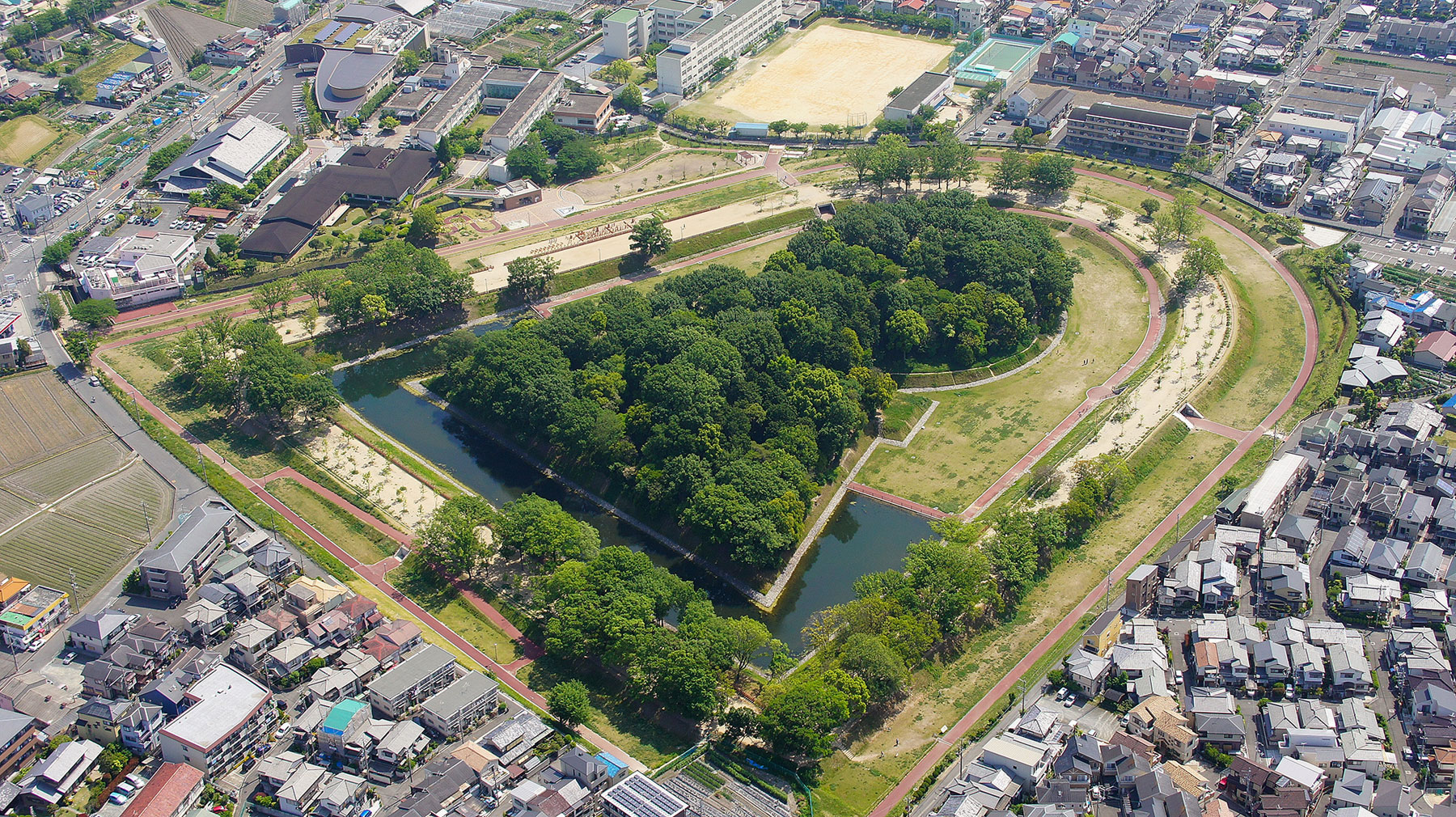
Built in the early 6th century, Imashirozuka Kofun (Burial Mound) is the largest keyhole shaped Kofun in the Yodogawa river basin extending across the prefectures of Shiga, Kyoto, and Osaka, and also the largest such tomb of this period. It is the tomb of the Great King who ruled Japan at that time. Nowadays, the site has been developed into a historical park, called Imashiro Daio-no-Mori Park. You can climb the Kofun and see haniwa (clay figures) lined up on top. Although you are not usually allowed to enter imperial burial sites in Japan, this area is an exception. You can walk around freely. It’s a place where local residents and visitors to the city come to relax – it’s ideal for walking, playing sports, or having a picnic.
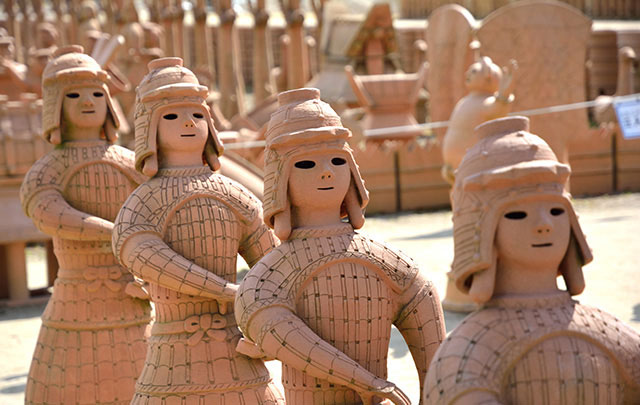
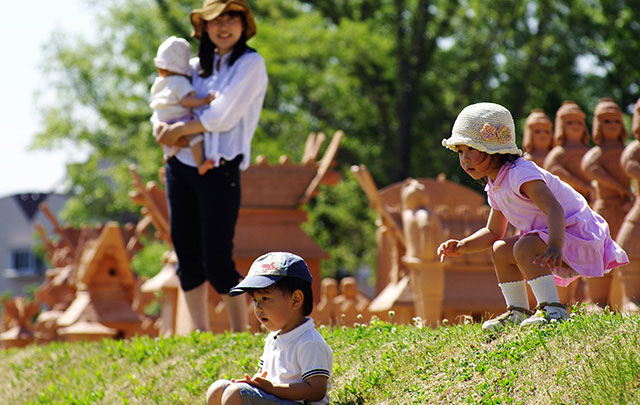
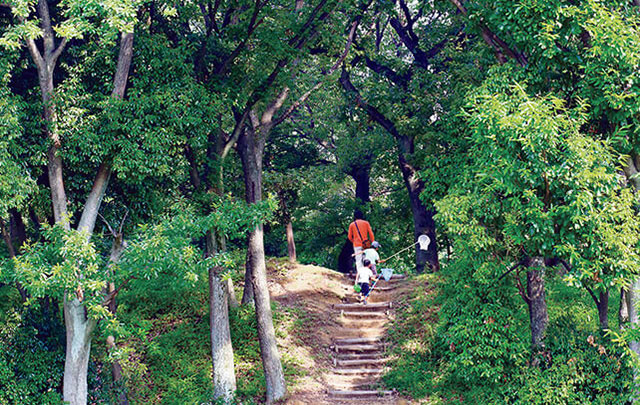
Access: Approximately 6 minutes by bus from JR Settsu-Tonda station, or a 25 minute walk
You can find out all about Imashirozuka Burial Mound and Japanese Kofun era (which lasted from the middle of the 3rd century to the 7th century AD) from the exhibits on display here, including haniwa (clay figures) unearthed during the excavations or the three restored sarcophagi, as well as from the model diorama and video commentary.
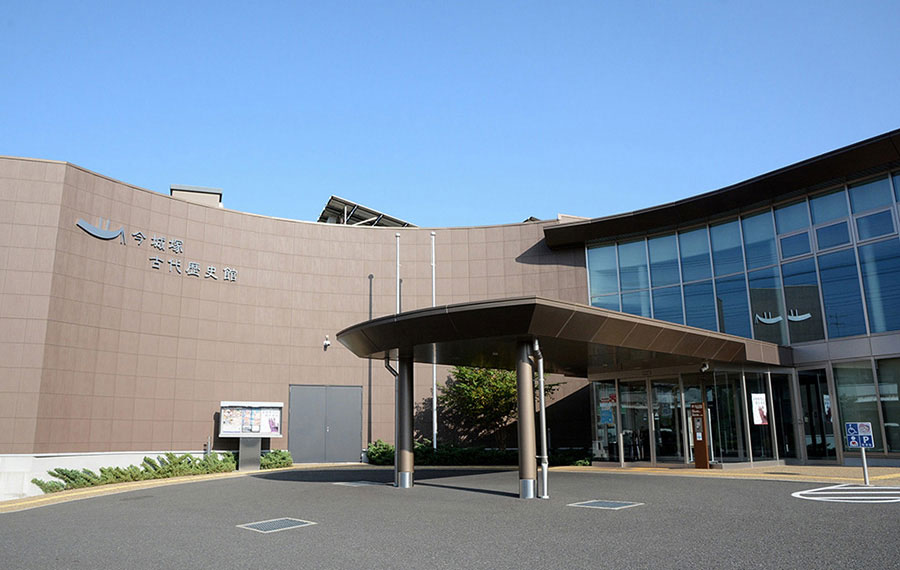
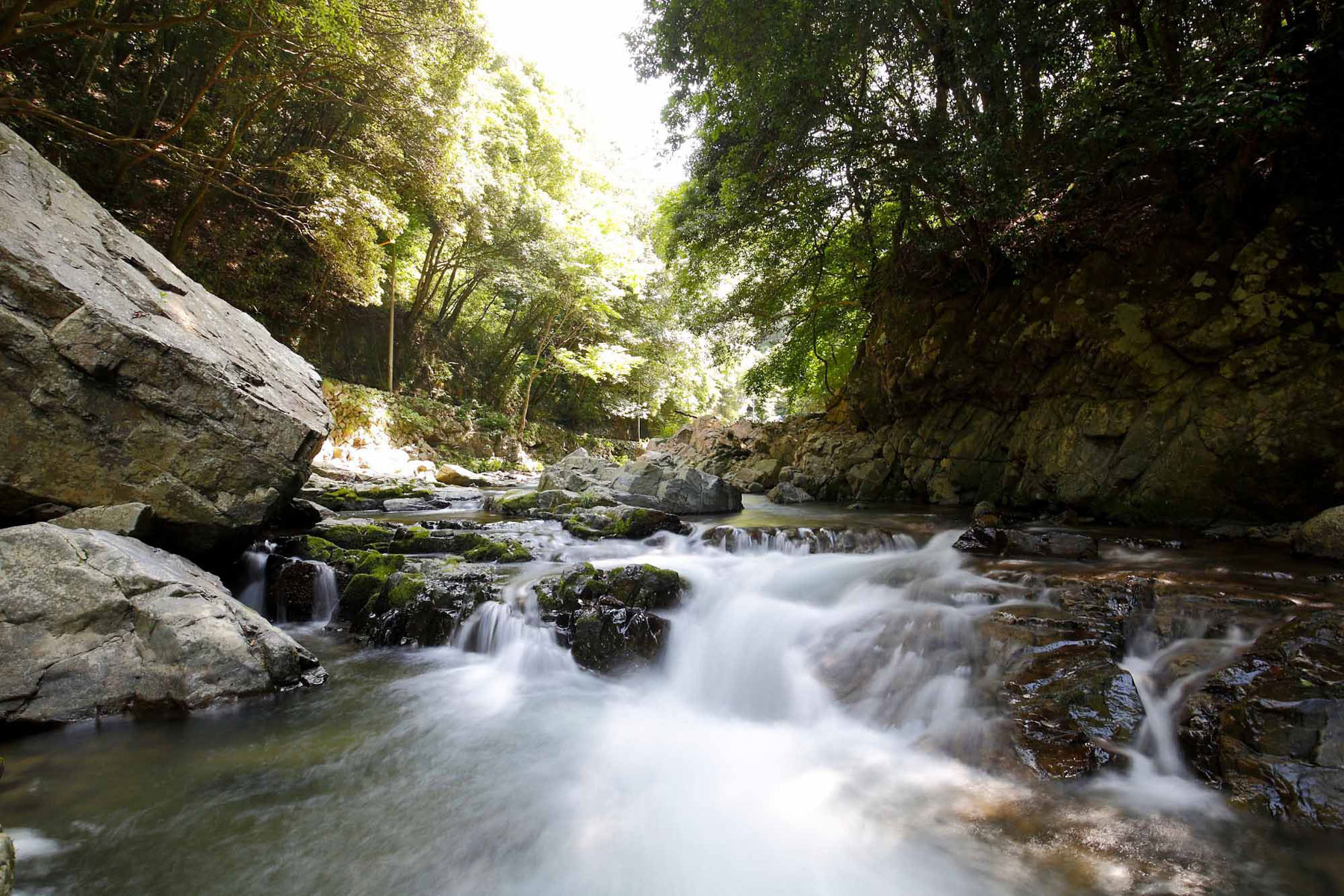
Settsu-kyo is a scenic area in Osaka, with nature’s full splendor on show in the gorge. The park consists entirely of mountains and forests and covers an expanse of 42.65 hectares. It has open spaces where children can run around and play, and natural walking tracks with views of interesting rocks, cliffs, and waterfalls, as well as a hiking course to the top of the mountain. This is a natural park that is popular with locals and tourists alike as an enjoyable destination for spending time and relaxing. You can see cherry blossoms in spring and colored leaves in autumn.
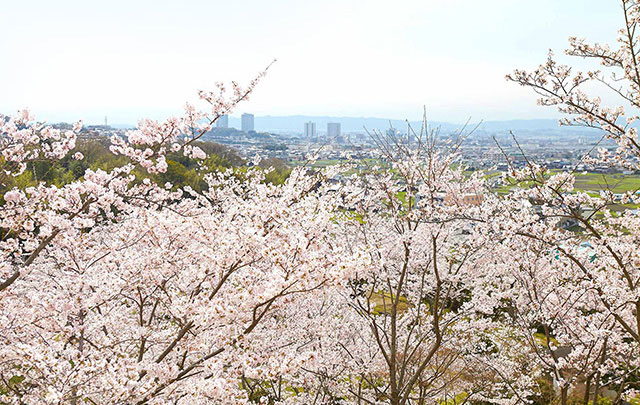
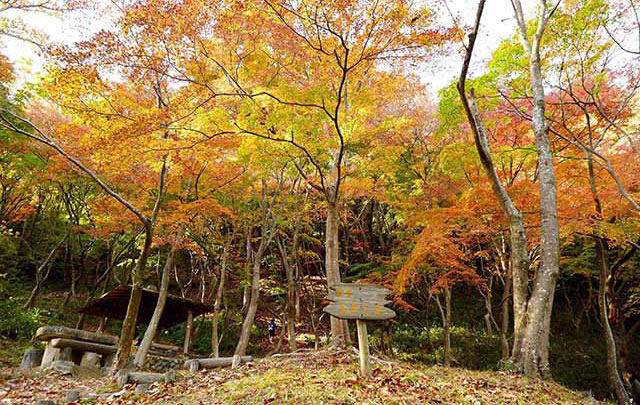
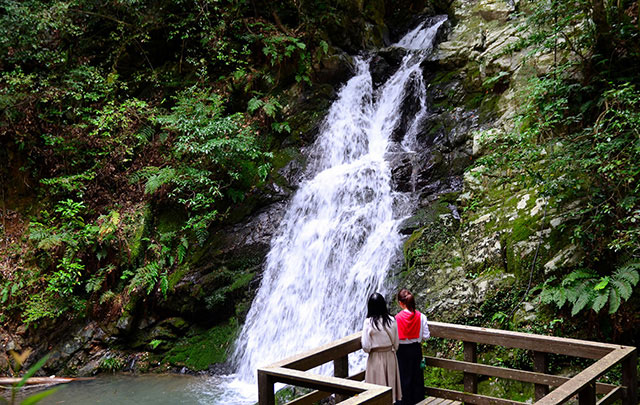
Access: Approximately 25 minutes by bus from JR Takatsuki station and a 10 minute walk from the bus stop

This site of an ancient Yayoi Era (300BC–300AD) village was discovered in 1928. It stretches for 1200m from east to west and 300m from north to south. Following extensive excavation and surveying work, the area was developed as Ama Site Park to preserve its historic Yayoi period ruins, which are regarded as something of a national treasure. Parts of the park were originally opened to the public in March 2019; it will be fully open in March 2021. The park has a popular children’s playground, the Bornelund Park Center, as well as a pizzeria and café, “SUNDAY'S BAKE 569,” which serves delicious lunches and dinners.
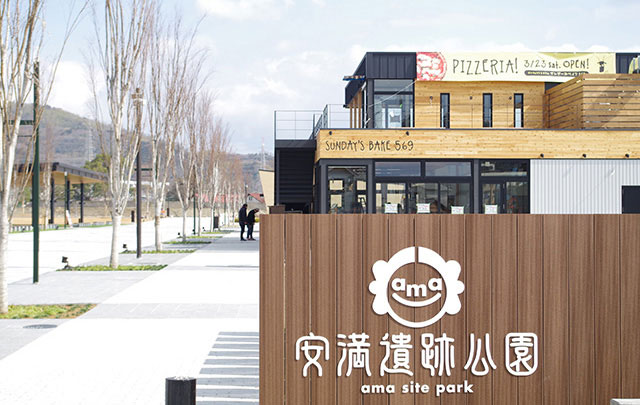
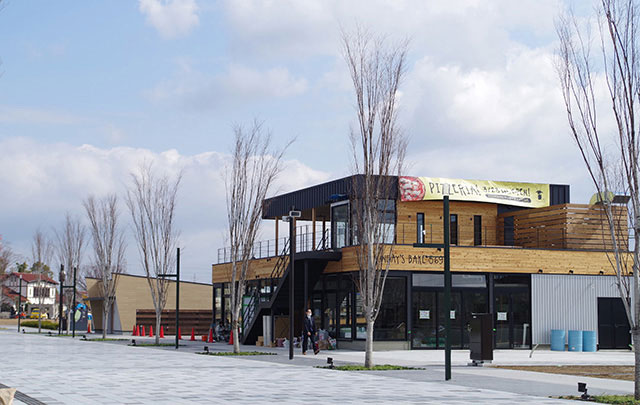
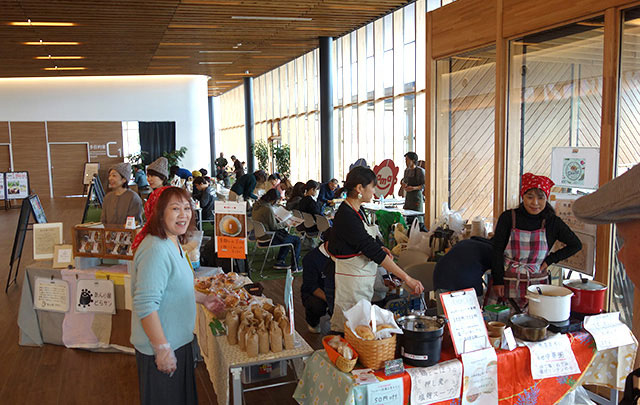
Access: 13 minute walk from JR Takatsuki station, 10 minute walk from Hankyu Takatsuki-shi station
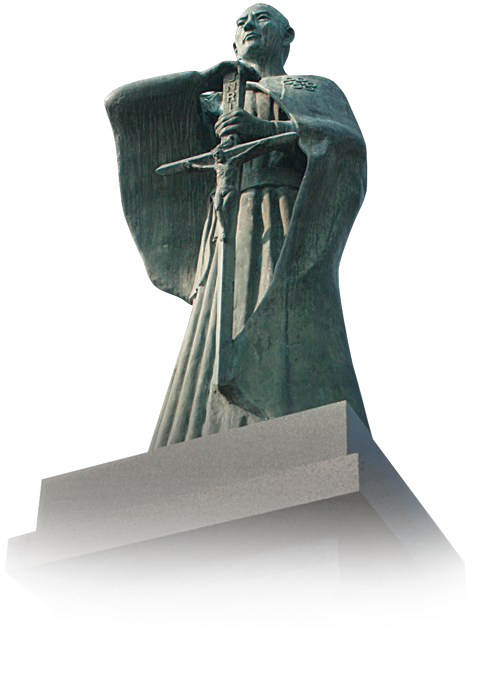
Takayama Ukon, the Christian daimyo, is a well-known figure in Japanese history. On his father’s encouragement, he was baptized as a boy. He became lord of Takatsuki Castle in his early twenties in 1573, when Oda Nobunaga began the process of the full-scale unification of Japan. After this, Takayama spent around 12 years in Takatsuki before moving to Akashi in 1585 and starting the construction of the castle town here. When Toyotomi Hideyoshi issued his decree for the expulsion of Christian missionaries in 1587, Takayama Ukon relinquished his status as a daimyo and continued to observe his faith. He spent the rest of his life under the protection of the Maeda family in Kanazawa. Following the ban on Christianity issued by the Tokugawa shogunate, he was exiled and died in Manila, the Philippines in 1615. His statue now stands proudly in Takatsukijo Koen (Takatsuki Castle Ruins Park).
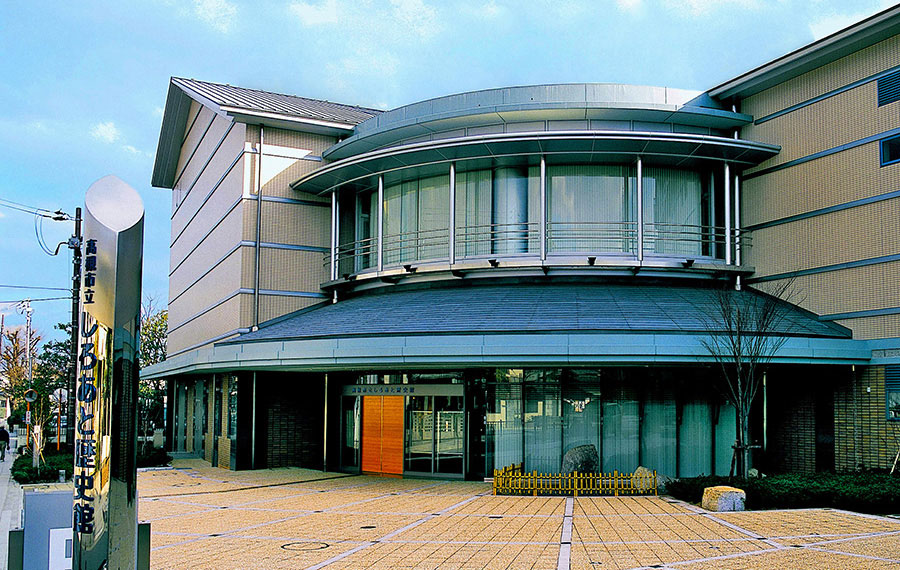
This history museum stands in a corner of the what was the outer perimeter of the old castle. On display inside are various documents, models and other exhibits relating to Takatsuki in the Edo Era (1603-1868), as well as Takayama Ukon’s rosary and reference materials about his life.
For bookings and inquiries, see the respective websites of these hotels.
Please see Google Maps for the locations of the seven accommodations listed.
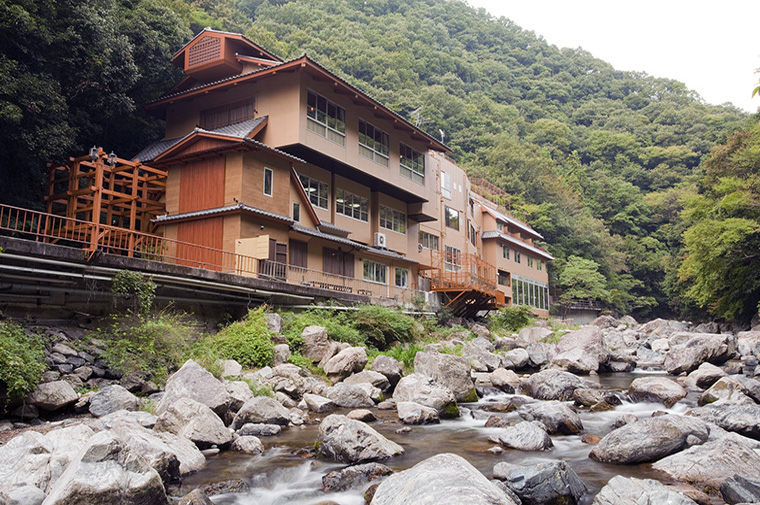
| Address: | Hara 3-2-2, Takatsuki, Osaka |
|---|---|
| Tel: | +81 72-687-4567 |
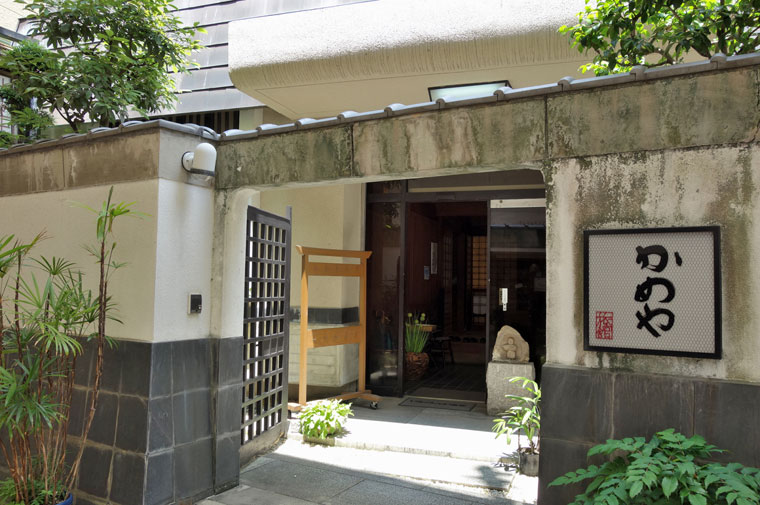
| Address: | Akutagawa 2-11-3, Takatsuki, Osaka |
|---|---|
| Tel: | +81 72-685-0122 |
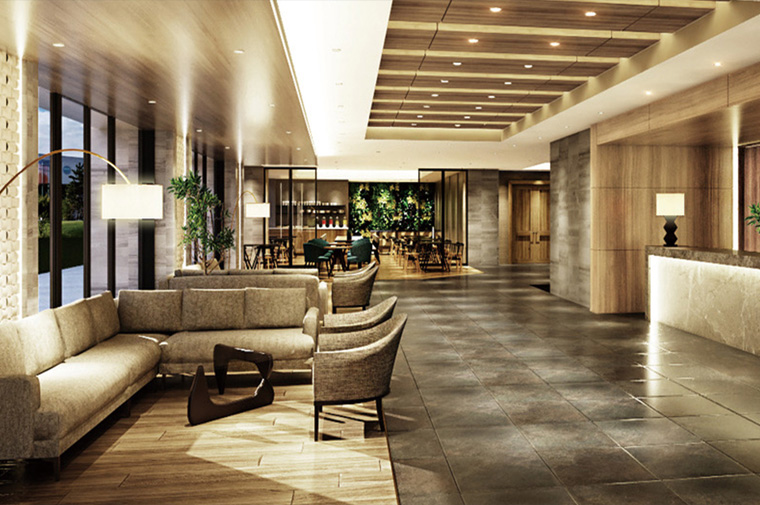
| Address: | Akutagawa-cho 1-14-27, Takatsuki, Osaka |
|---|---|
| Tel: | +81 72-686-0044 |
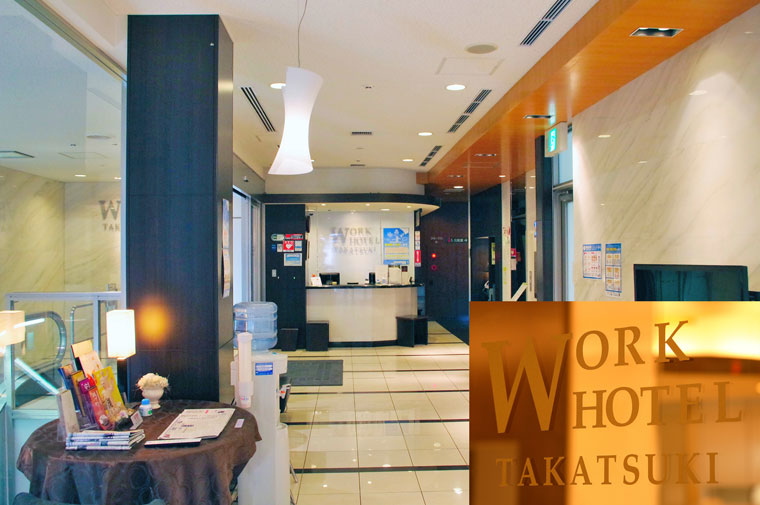
| Address: | Konya-cho 8-7, Takatsuki, Osaka |
|---|---|
| Tel: | +81 72-686-3288 |
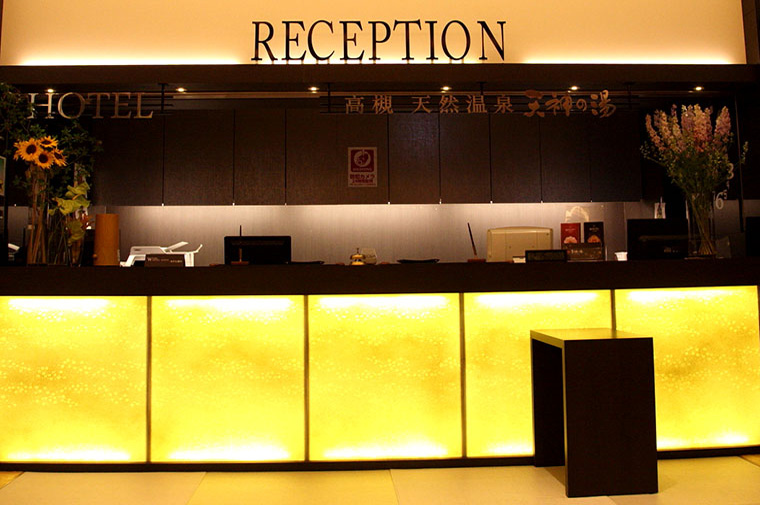
| Address: | Takatsuki-cho 16-5, Takatsuki, Osaka |
|---|---|
| Tel: | +81 72-681-1388 |
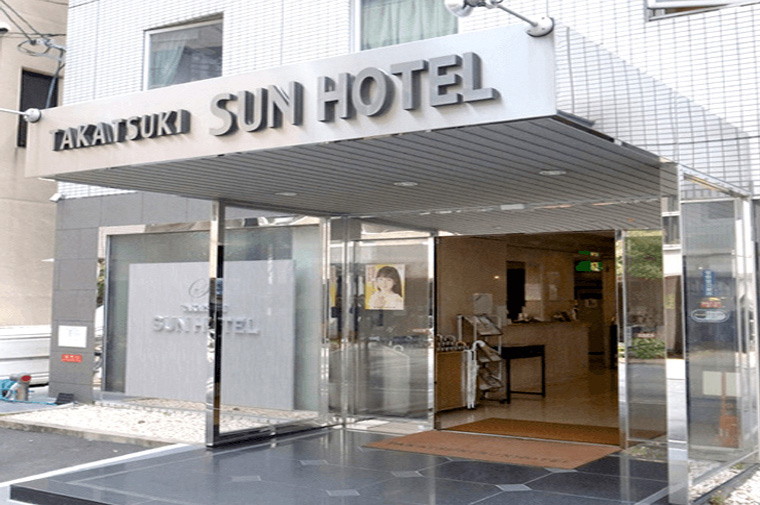
| Address: | Johoku-cho 2-12-6, Takatsuki, Osaka |
|---|---|
| Tel: | +81 72-676-8787 |
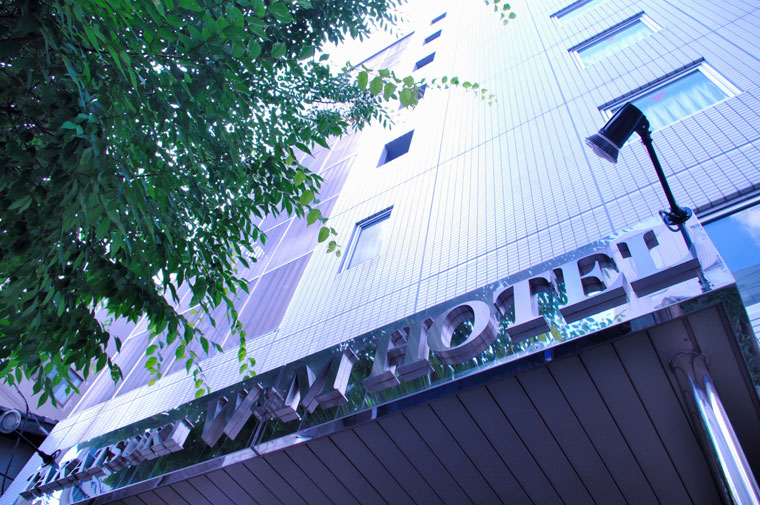
| Address: | Johoku-cho 2-3-15, Takatsuki, Osaka |
|---|---|
| Tel: | +81 72-662-3310 |
For inquiries, see the respective websites of these facilities.
*Admission fees and dates of closure are correct as of July 2020. Please see each website for more details.
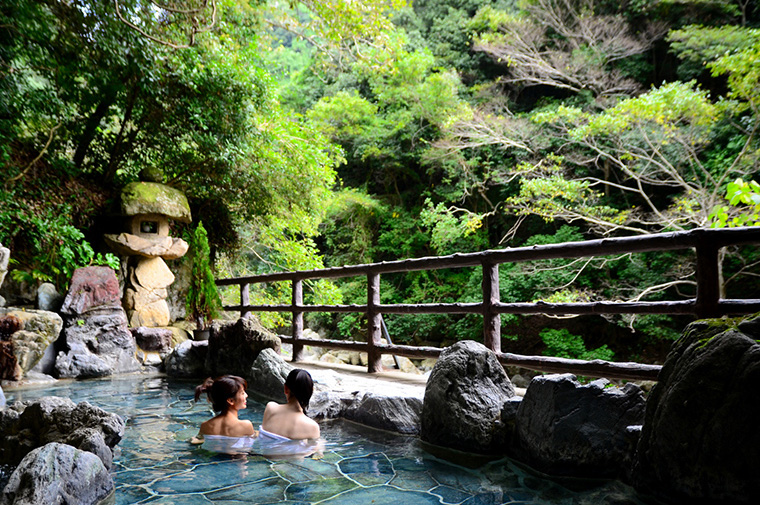
Sansuikan is a ryokan, but its hot springs are also open to the public at the times shown below (the hot springs source is the same as Shofuen below). Relax in a rustic open-air bath amidst natural surroundings of bare trees and strange shaped rocks and enjoy the gentle murmuring of valley streams or the rustling breeze. The hotel has a restaurant (11:30AM - 2:30PM) and a cafe (3:00PM - 10:00PM).
| Opening hours: | 11:00AM – 2:45PM, 3:30PM – 8:00PM (Last entry 7:00PM) |
|---|---|
| Admission fee: | Adult 1,400 yen, Child 800 yen (including towel rental) |
| Address: | Hara 3-2-2, Takatsuki, Osaka |
| Tel: | +81 72-687-4567 |
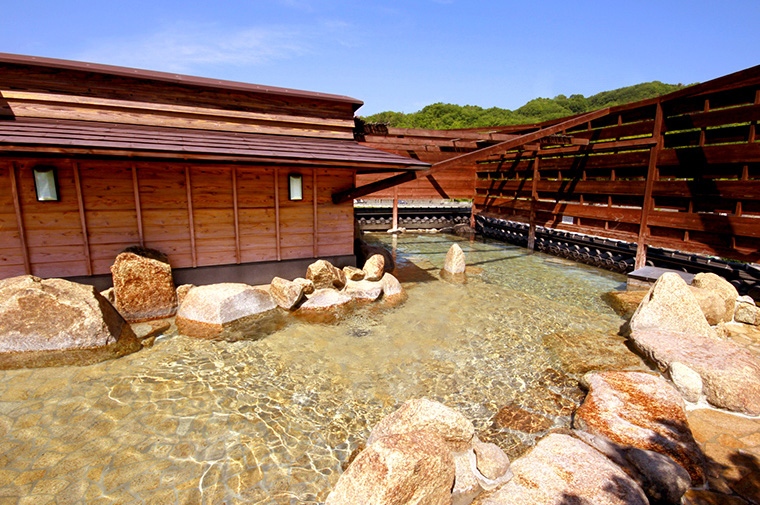
A well-known spa spot renowned for its rich alkaline sodium bicarbonate properties: the waters soften your skin, soothing your body and gently cleansing and moisturizing. Its restaurant, “Hana-no-sato,” serves classic noodle and rice bowl dishes, as well as delicious desserts. “Takatsuki Kara-age Onsen Gozen” is a previous winner of the National “Kara-age” Golden Award (fried chicken).
| Opening hours: | 10:00AM - 0:00AM (Reception closes at 11:00PM) |
|---|---|
| Admission fee: | Adult 900 yen, Child (Under 12) 500 yen |
| Remark: | Opening hours of shop & Restaurant / 11:00AM - 11:00PM |
| Address: | Tsukawaki 4-20-3, Takatsuki, Osaka |
| Tel: | +81 72-689-6700 |
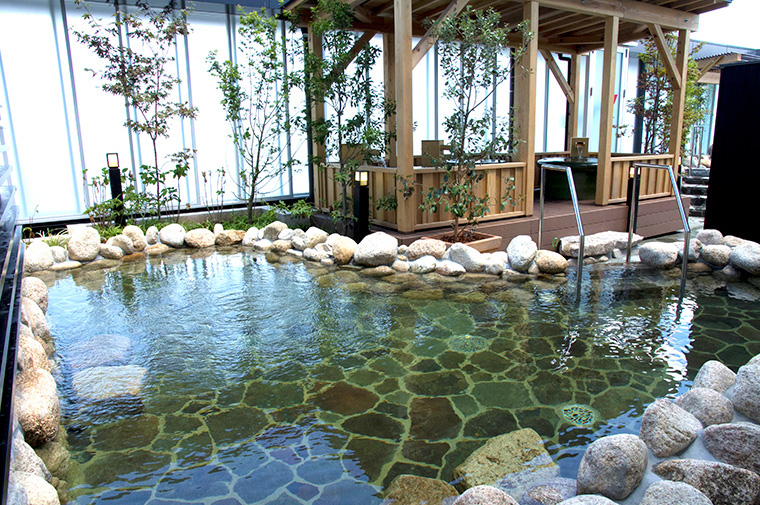
A hot spring facility located between JR Takatsuki Station and Hankyu Takatsuki-shi Station. Enjoy various types of baths, including an open-air bath 22m above the ground, a natural hot spring, a mist sauna and a bedrock bath. “Chanoma” restaurant serves delicious noodle dishes, such as udon and ramen, rice bowl dishes and desserts.
| Opening hours: | 10:00AM - 0:00AM (Reception closes at 11:00PM) |
|---|---|
| Admission fee: | [Weekdays] Adult 1050 yen, Children (Under 12) 430 yen [Holidays] Adult 1270 yen, Children (Under 12) 530 yen *Free admission for children under 3 years old. *The above admission fee does not include bedrock bath fee. |
| Remark: | Irregular holidays |
| Address: | Takatsuki-cho 16-5, Takatsuki, Osaka |
| Tel: | +81 72-681-1388 |
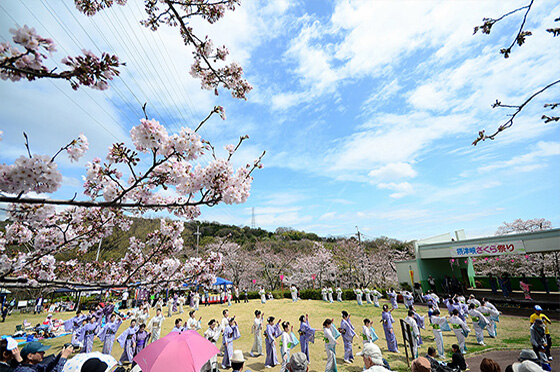
There are around 3,000 cherry trees in Settsu-kyo Gorge. Every year, crowds of people gather in Sakura Hiroba (Sakura Square) in Settsu-kyo to take in the beautiful cherry blossom views. The annual Sakura Festival (late March to early April) features a variety of different stalls, with events such as Hanami Odori (Flower viewing dance), Takatsuki Wave or live music performances.
| Event site: | Settsu-kyo Sakura Square (Sakura Hiroba) |
|---|
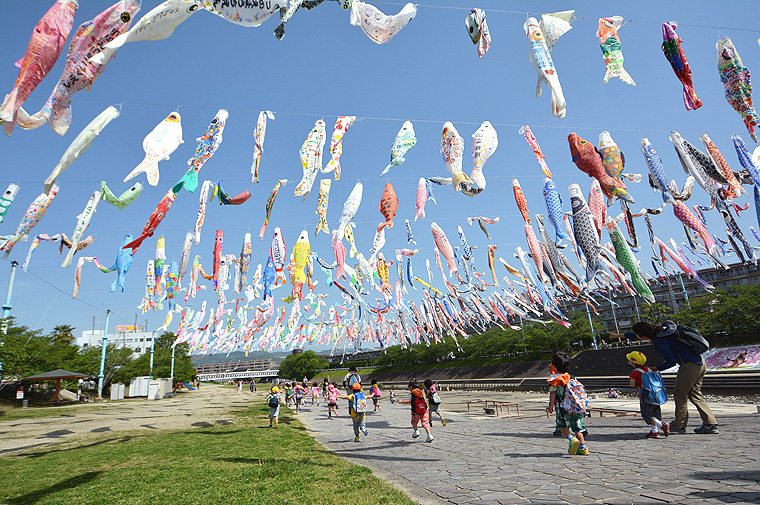
The sight of 1000 carp streamers fluttering over the Akuta River at the Koinobori Festival is a unique spring tradition in Takatsuki. The event is held on April 29th every year. From late April to May 5th, this is a fun and lively place for families to visit.
| Event site: | Akutagawa Sakurazutsumi Park |
|---|
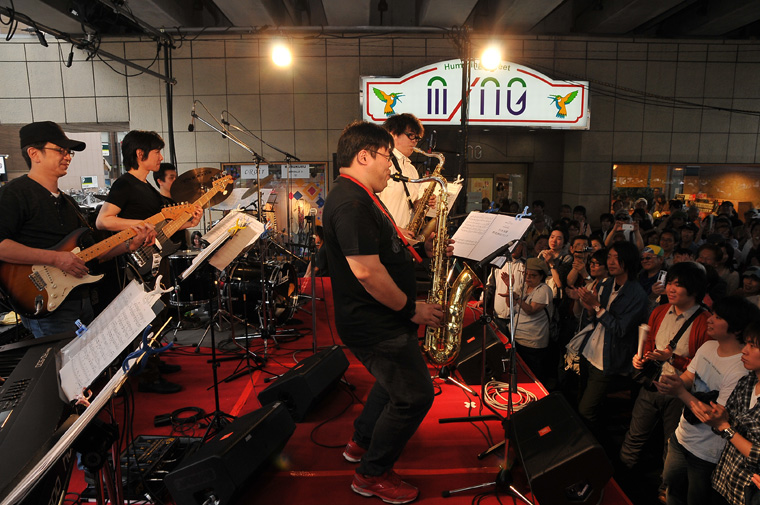
This event is held annually on May 3rd/4th. It is one of Japan's largest jazz festival, with an attendance of over 100,000 people. Around 4,000 jazz musicians (professionals and amateurs) from all over the world gather in Takatsuki and perform live at different venues throughout the city.
| Event site: | Approx. 60 places in Takatsuki city |
|---|
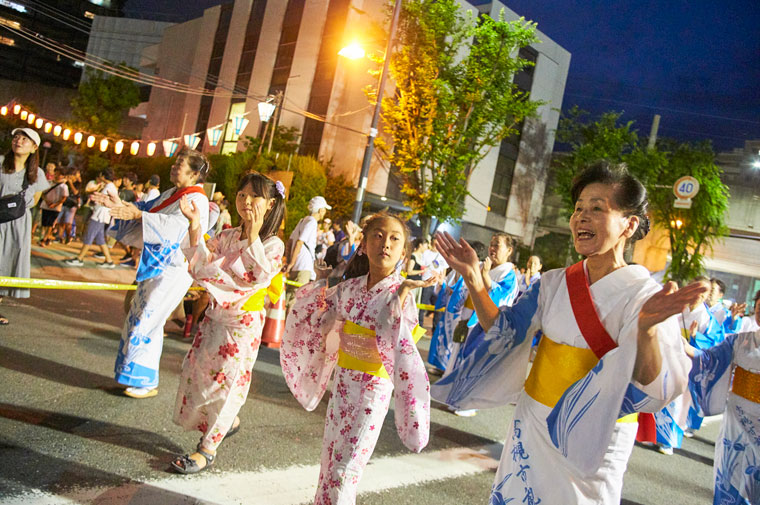
This is a big summer event that is held over for two days in the first weekend of August every year. The Bon-odori (traditional dance) on the first day and Takatsuki Wave (group dance with pop music) on the second day are popular highlights. There are lots of interesting stalls to browse, with 150,000 people visiting very year.
| Event site: | Keyaki street, Toen primary school ground |
|---|
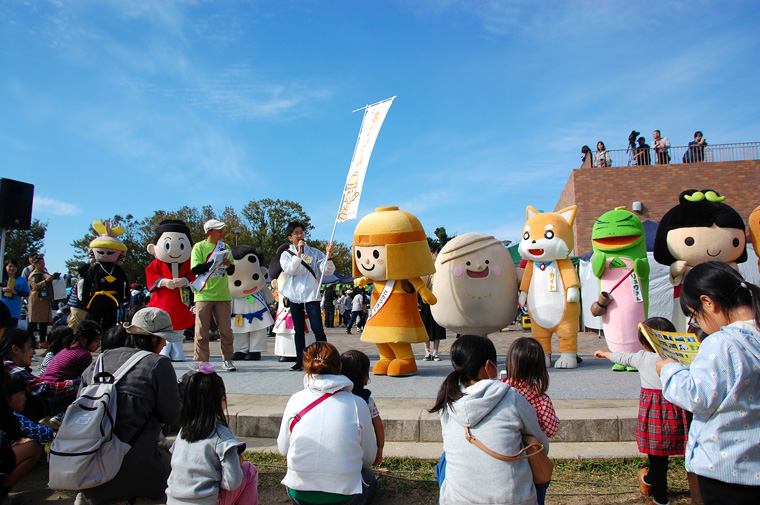
The theme of this craft fair, held at the Imashirozuka Kofun burial mound, is “Art and Ancient.” Make sure you spend some time at the craft shops and stalls; many items feature a distinctive motif of the burial mound. There are also live events, bands and dance performances organized by the artists and craftsmen.
| Event site: | Imashirozuka Burial Mound Park |
|---|
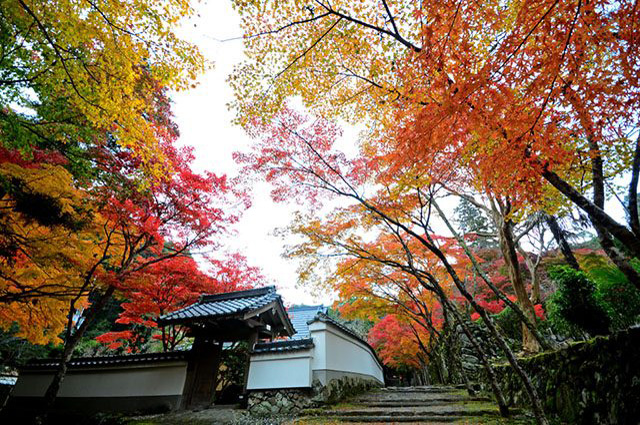
Kabusanji is an old temple that dates back 1300 years, located amidst natural surroundings up in the mountains in northern Takatsuki. It’s not easy to access because of its mountain location, but it's a great spot for avoiding the crowds and spending time enjoying the views of the leaves in autumn.
| Event site: | Kabusanji-temple |
|---|
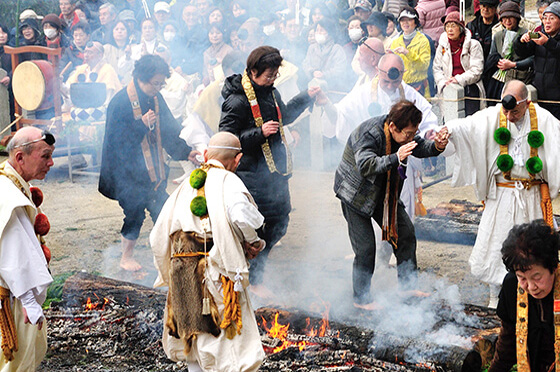
At Honzanji, Kabusanji and Ankoji temples, the “Hiwatarishinji” and “Ogomaku” annual rituals are held to pray for good luck for the year ahead and for families’ safety. (At Honzanji, the rituals are held on January 3rd; at Kabusanji on the first “tora-no-hi” (day of the tiger) of the year, and at Anko-ji on February 1st).
| Event site: | Honzanji temple, Kabusanji temple, Ankoji temple |
|---|
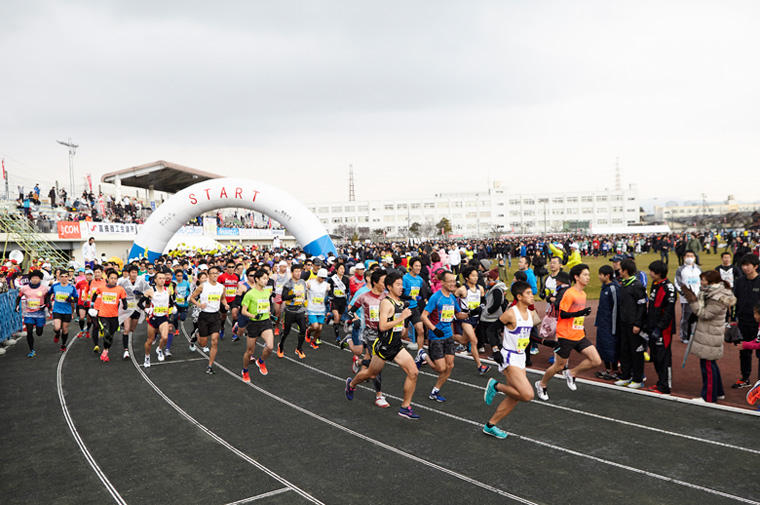
Even beginners can enjoy this running event! Participants choose from several courses: half-marathon, 10km or 5km and so on. The event is held every year in early January, with 8,000 local runners taking part, from children to the elderly. (Applications in September)
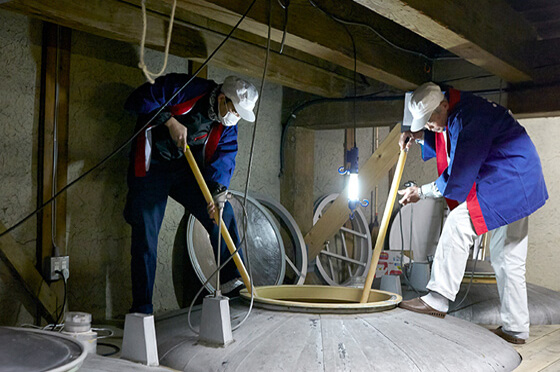
Tonda area used to be the foremost sake area in Osaka during the Edo period. Its two sake breweries are still in operation today. They start brewing new sake every year in November and open up the warehouse in mid-February.
| Event site: | Kotobuki shuzo, Kiyotsuru Shuzo |
|---|
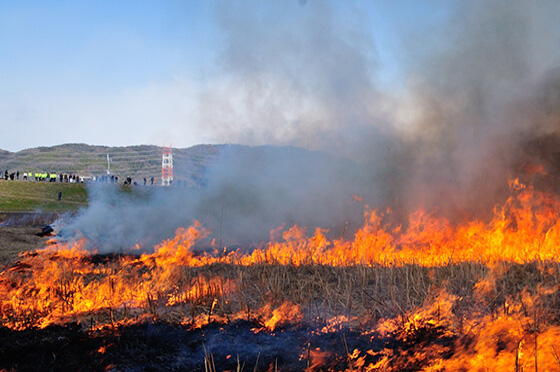
Udono in the Yodogawa riverbed in Takatsuki has been selected as one of the best known areas of greenery in Osaka. Every year in February, in what has become a winter tradition, the fields are burned to conserve the reedbed and eliminate harmful grasses and pests.
| Event site: | Dou-cho Yodogawa riverbed |
|---|
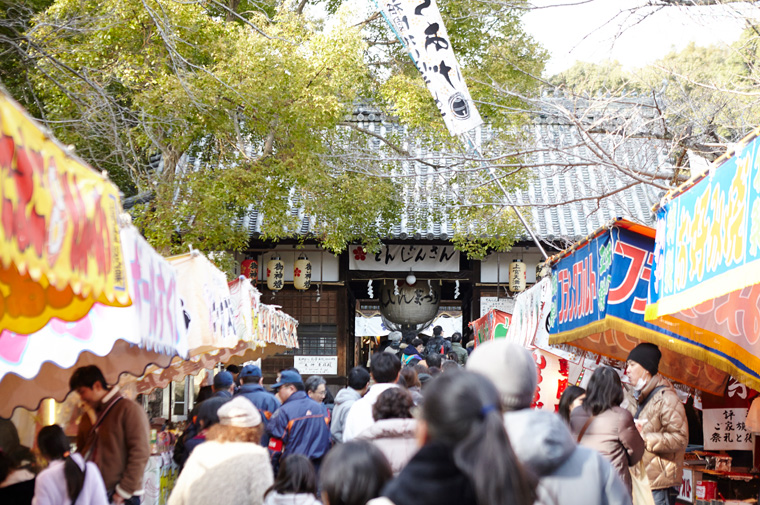
Tenjin (Sugawara no Michizane) is revered as the god of learning. His festival is held on February 25th and 26th every year to celebrate the anniversary of his death. Crowds of people throng the approach to the shrine and stalls are lined up on either side.
| Event site: | Jogu-Tenmangu and the approach from JR Takatsuki Station |
|---|
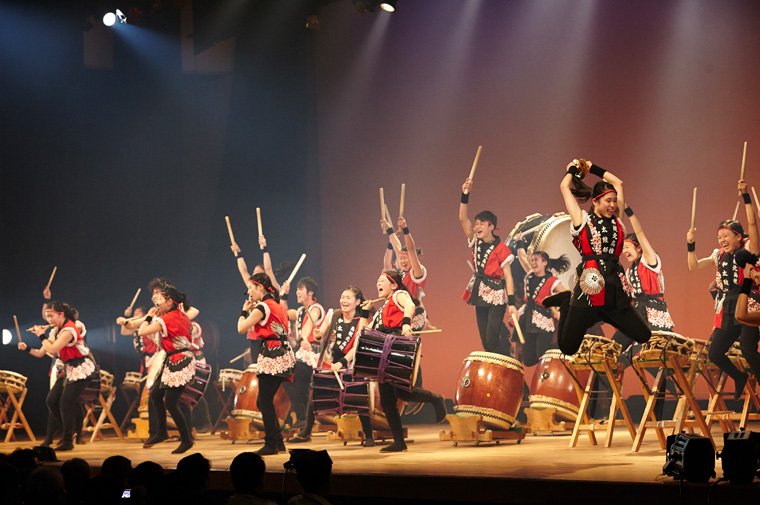
Takatsuki is a flourishing center for “wadaiko” (traditional Japanese drums), with people of all ages participating in group drumming performances. The Wadaiko Festival is held in March and gets more popular every year!
| Event site: | Takatsuki Gendai Gekijo (Theater) |
|---|